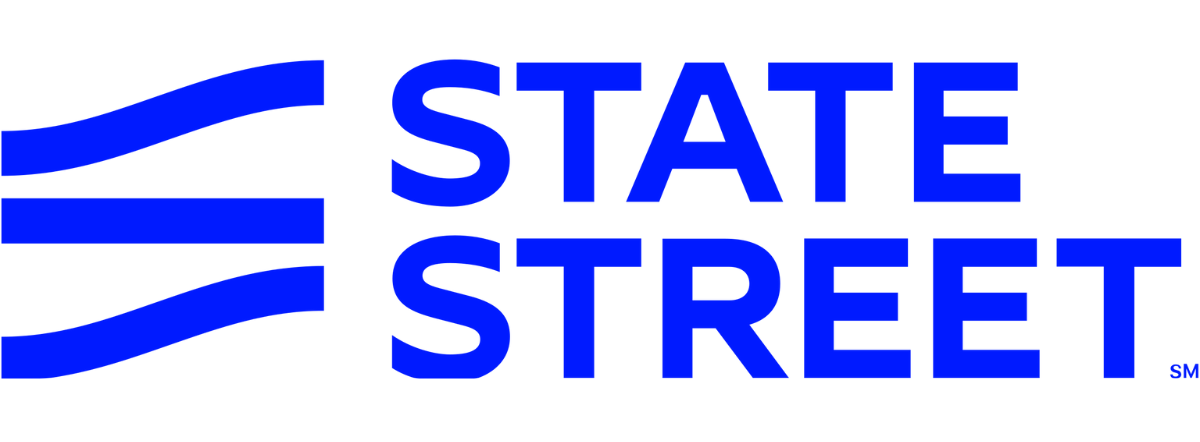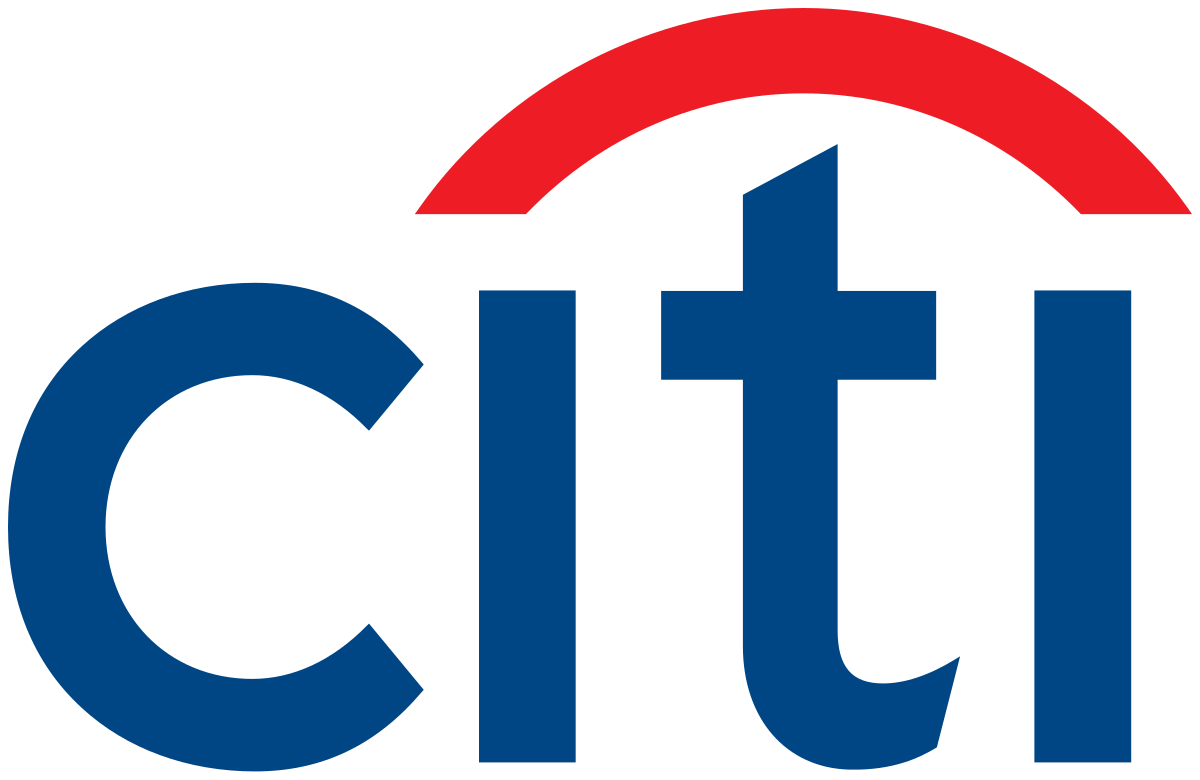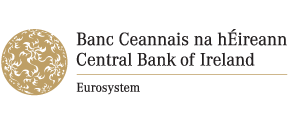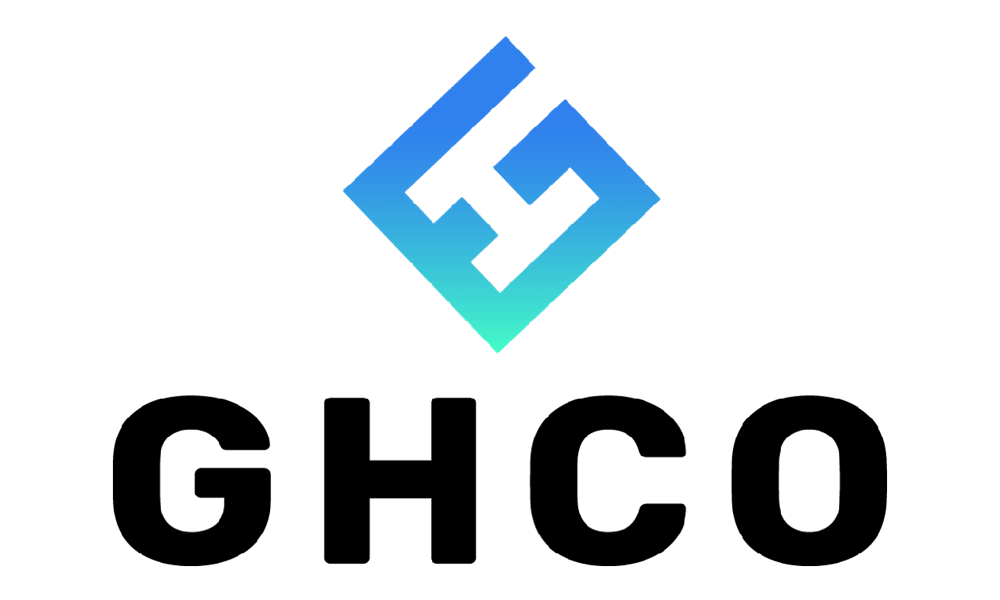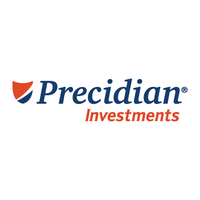Europe often likes to compare itself to its bigger, more boisterous US compatriot when it is assessing the growth and evolution of the ETF industry. However, with its huge retail market and strong regulatory backing, the US is often lightyears ahead of the European continent when it comes to product innovation.
Despite Europe arguably taking the lead in some areas in recent years – crypto and ESG investing – one area the US remains ahead in is non-transparent active ETFs. The non-transparent models, generally used by managers to mask what is driving alpha in a portfolio, have been hugely popular since coming to market in 2019.
A survey by Cerulli Associates, published in January, found that 50% of polled US ETF issuers were currently developing or planning to develop non-transparent active ETFs, a significant amount given active ETFs represented 10% of global net inflows in 2021, according to Morningstar.
A large part of the growth in the US has been driven by active fund houses converting mutual funds to ETFs. For example, investment firm Dimensional Fund Advisors has gone from being a non-ETF issuer to a top 10 ETF issuer in the space of a year.
Andrew Jamieson, global head of ETF product at Citi, said: “Active managers are making a deliberate choice and saying, ‘we do not want to compete with traditional passive products and the more established ETF players. They want to do something different and embrace that difference, as opposed to getting swept up with more generic passive ETFs.”
Added to this, non-transparent ETFs – of which there are five Securities and Exchange Commission (SEC) approved structures – offer cost and tax efficiencies for investors which do not exist when investing in mutual funds.
The number of active ETFs in Europe has grown steadily over the past few years. There are just 57 active ETFs in Europe, but it is a much more nascent market than the US – and even Australia –and has yet to experience the same catalyst for an explosion of products as its two most comparable markets.
Nevertheless, the International Organisation of Securities Commissions (IOSCO) in its ETF good practices proposals last month encouraged market participants to ensure they have the right information to facilitate effective arbitrage, a sign the global watchdog is not wedded to the daily disclosure of holdings.
However, given that full and daily transparency is hailed by some as an ETF’s defining feature, notwithstanding the lack of a tax incentive and the premium price point, would there even be a demand for a non-transparent product in Europe?
The case for non-transparent ETFs
Active ETFs allow issuers to use their expertise to achieve alpha. What a non-transparent ETF then allows the issuer to do is throw its competitors off the scent of its supposedly superior strategy.
As Ciaran Fitzpatrick, head of ETF servicing for Europe at State Street, said: “If issuers are publishing their strategy every day, then somebody else could replicate that. You could argue that is a negative impact on a shareholder because they are losing out on performance if another issuer is front running the fund manager’s strategy.”
Furthermore, in the US, mutual fund managers are using ETFs to disrupt their competitors. There is a growing acceptance in the market that ETFs are more than a representative of a passive product and are a superior technology to a traditional mutual fund structure.
Jamieson said: “Active managers want to embrace this new technology advancement that the ETF wrapper brings. Active ETFs present the best scenario where they can continue what they do today, but embrace that new technology.”
There is no doubt this technology is used within these non-transparent ETF structures. To date, there are five ETF structures, all of which vary in the level of transparency of their portfolio dis-closure and the level of algorithm and mathematic processes used to hide their holdings.
The five structures comprise the Precidian model, the Blue Tractor model and three proxy models run by the New York Stock Exchange (NYSE), Fidelity and T. Rowe Price. Jamieson categorises these five models into three levels of transparency starting with the least transparent, the Precidian model, which utilises a new function the ‘APR’ or Authorised Participant Representative.
Instead of using a traditional authorised participant – which always knows what is in the portfolio – the APR uses a confidential account to create and redeem shares. The next most transparent model is the proxy model which uses a close approximation of the actual stocks within the portfolio.
The same Cerulli Associates survey found of those that are planning on launching a non-transparent ETF, 42% said they would ‘very likely or somewhat likely’ look toward the Fidelity model.
“Sitting in between are the proxy models whereby in simple terms, the issuer would disclose a similar stock to the authorised participant such as one car manufacturer, when in fact the fund might hold another car manufacturer,” Jamieson said.
Lastly, and the most transparent, is the Blue Tractor model, which discloses every single stock but with a different weighting to the actual portfolio in a bid to throw other active managers off the scent of their strategy. Despite this, some within the ecosystem are slightly more sceptical about a fund manager’s ability to outperform the market.
“If marketing can convince investors their portfolio manager– who will only be non-transparent – is going to produce some value for the end client, then they will invest,” Dan Izzo, CEO of GHCO, said. “It is a tale as old as time in the industry. Whether it is in an ETF, mutual fund, hedge fund or an index, investors presume that a portfolio manager has some genius and therefore they buy in.”
Impact on APs and market makers
Transparency has allowed market makers to accurately price ETF shares in real-time throughout the day, and many predicted the onset of non-trans-forced to price additional margin when trading.
“From a market-making standpoint, because of the uncertainty at any given time of what is actually in the portfolio, we have to price addition-al margin, so bid-offer spreads will typically be wider on non-transparent ETFs,” he said.
Echoing his views, Frank Mohr, global head of ETF sales trading at Société Générale, added there are more challenges with a non-transparent product.
“It is simpler for the market maker to hedge your position with the future, but now you have a product that is more diversified. It is necessary for issuers which are planning these products to contact market makers early,” he explained.
European regulatory outlook
While non-transparent ETFs are not front and centre of the regulator’s agenda, it is not completely off the table, with signs European watchdogs are looking closely at how the products unfold in the US before committing” parent active ETFs may reduce the efficiency of the secondary market and widen bid/offer spreads.
However, research by Natixis conducted two years after non-transparent ETFs came to market found that non-transparent ETFs have been trading at comparable premium/discounts to the wider active ETF universe, and at much tighter spreads.
Despite this, market makers believe there is an extra challenge when it comes to pricing a non-transparent ETF. Izzo said the uncertainty around what is in the portfolio means they are looking closely at how the products unfold in the US before committing.
While Fitzpatrick does not foresee a wholesale approval of non-transparent ETFs in the immediate future, he said the Central Bank of Ireland (CBI) will listen to what issuers have to say.
“The CBI has always said they would listen to an issuer on what they think the benefits are of reducing the transparency of an ETF on a case-by-case basis, but they are not going to give a blanket approval for just everybody reducing their transparency,” he said.
“If there is investor appetite, then why not give the option? There is the opportunity for the European market to feedback to IOSCO on how this model should work.”
Jamieson added regulators across Europe have yet to embrace ‘semi-transparent’ active products, due to a perceived lack of interest from the local issuer community, however, increased pressure could bring it to the front of their agenda.
“Unsurprisingly the European regulators have all understandably paused to look at what the US experience is like, before making any strong commitment,” he said.
Will they come to Europe?
Jamieson said we could see a semi-transparent ETF in Europe in the next three to five years, but that we currently do not have anything like “the same focus or drumbeat” as they did in the US, which experienced years of back-and-forth dialogue before the SEC approved the products in 2018.
“The catalyst could be North American issuers coming to Europe. We are seeing a steady procession of issuers coming to Europe on fact-finding missions with the clear intent to launch UCITS products,” he continued. “If the answer is no to semi-transparent ETFs, I am sure the question will then be asked why not? Depending on how many people are asking those questions will have an impact on what the outcome is here in Europe.”
“If the answer is no on non-transparent ETFs, I am sure the question will then be, why not? How many people are asking those questions will have an impact on what the outcome is here in Europe.”
Fitzpatrick added even if demand grows from within Europe, the fragmented nature of the market would make it more difficult to manage efficiently. “It is never something you would expect to happen overnight in Europe due to the complexity. There are multiple regulators and exchanges that all have different requirements.”
Furthermore, Izzo said the increased trading cost has not been enough to put people off in the US, so he does not see any issues in the European market either.
“The value of ETFs as an instrument, regardless of what you shove in it, is a far more efficient vehicle to invest in than any mutual fund could ever be,” he said. “It is, therefore, a very reasonable conclusion that the market will continue to find ways and seek approval from regulators to move more different strategies into that vehicle.”
This article first appeared in ETF Insider, ETF Stream's monthly ETF magazine for professional investors in Europe. To access the full issue, click here
Related articles


